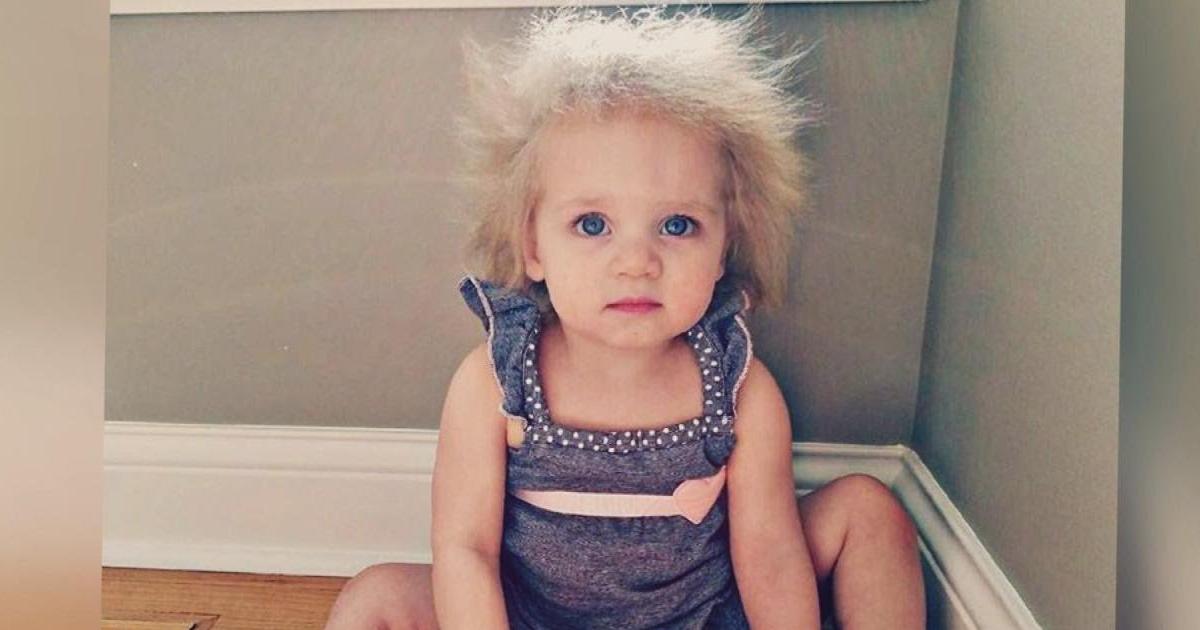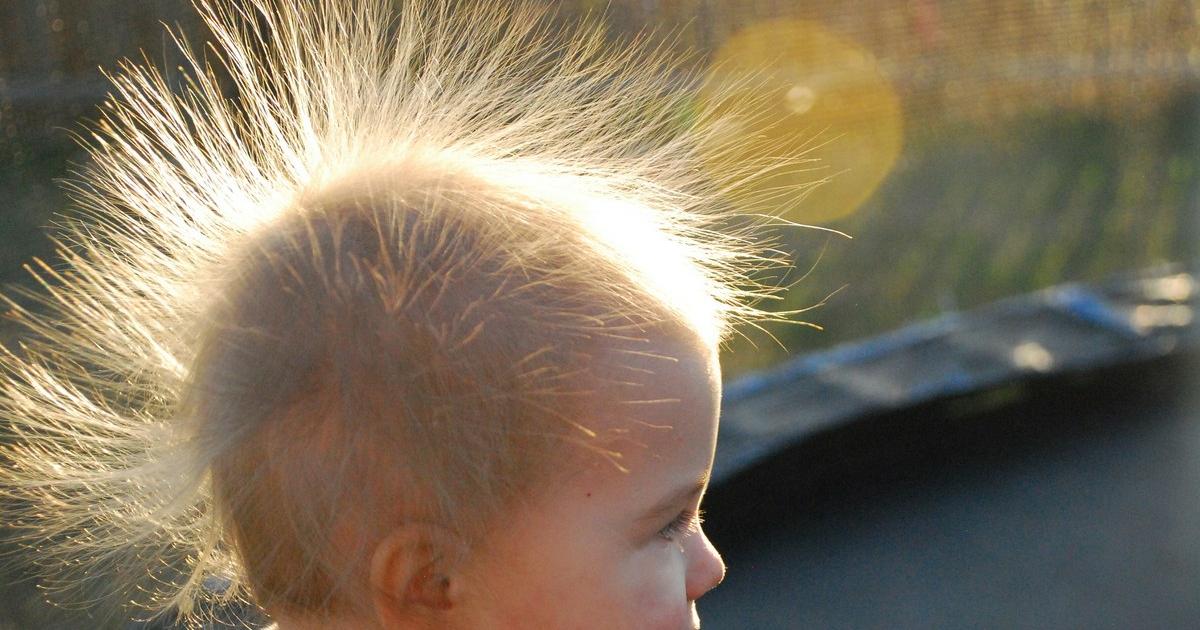Guide To The Symptoms And Treatment Of Uncombable Hair Syndrome
Uncombable hair syndrome is a rare genetic condition that affects the hair shaft. The syndrome most often develops within the first three years of life, and it has been diagnosed as late as twelve years old. While most cases of uncombable hair syndrome are not associated with any underlying medical conditions, some patients with the disorder may also have ectodermal dysplasias, Bork syndrome, or Angel-shaped phalangoepiphyseal dysplasia. Currently, scientists have identified genetic mutations on the PADI3, TGM3, and TCHH genes are involved in this disease. To diagnose uncombable hair syndrome, a dermatologist will observe the patient's hair and examine the hair shaft under an electron microscope. Typically, the syndrome improves with time, and patients diagnosed in early childhood often have hair that lies flat and is of a nearly normal texture by the time they are adolescents.
Disorderly Light Colored Hair

Disorderly, light-colored hair is one of the most frequent symptoms of uncombable hair syndrome. Patients generally have blonde, straw-colored, white, or silvery hair with a shiny, glistening appearance. When examined under a microscope, the individual hair strands of patients with uncombable hair syndrome are triangular or kidney-shaped, and there is a longitudinal groove on one or two of the sides of a strand. As the patient ages, their hair color may become increasingly blonde or silvery. The hair growth rate is either normal or only slightly slower than normal, and patients have a normal amount of scalp hair. Although the hair may be dry or coarse, it is not considered brittle or fragile. In some patients, the hair can also appear to be kinked.
Hair That Can't Be Combed Flat

Hair that can't be combed flat is a defining feature of uncombable hair syndrome, and the hair often has a permanently frizzy appearance, particularly in young children. For patients with this syndrome, no amount of brushing, combing, or other treatment will enable the hair to lie flat against the scalp. Many patients and their families may resort to perms, relaxers, and other aggressive chemical hair treatments in an effort to flatten the hair. However, such methods are especially damaging to the hair of individuals with uncombable hair syndrome, and they can lead to hair breakage and even cause bald patches. As patients near adolescence, the time when most symptoms improve, it may be appropriate to use some types of chemical hair treatments. However, patients who wish to use these types of hair remedies should consult their dermatologist first to make sure the treatment will not harm their hair. The hair stylist carrying out the services should also be notified the patient has uncombable hair syndrome so appropriate precautions can be taken to minimize the risk of hair damage.
